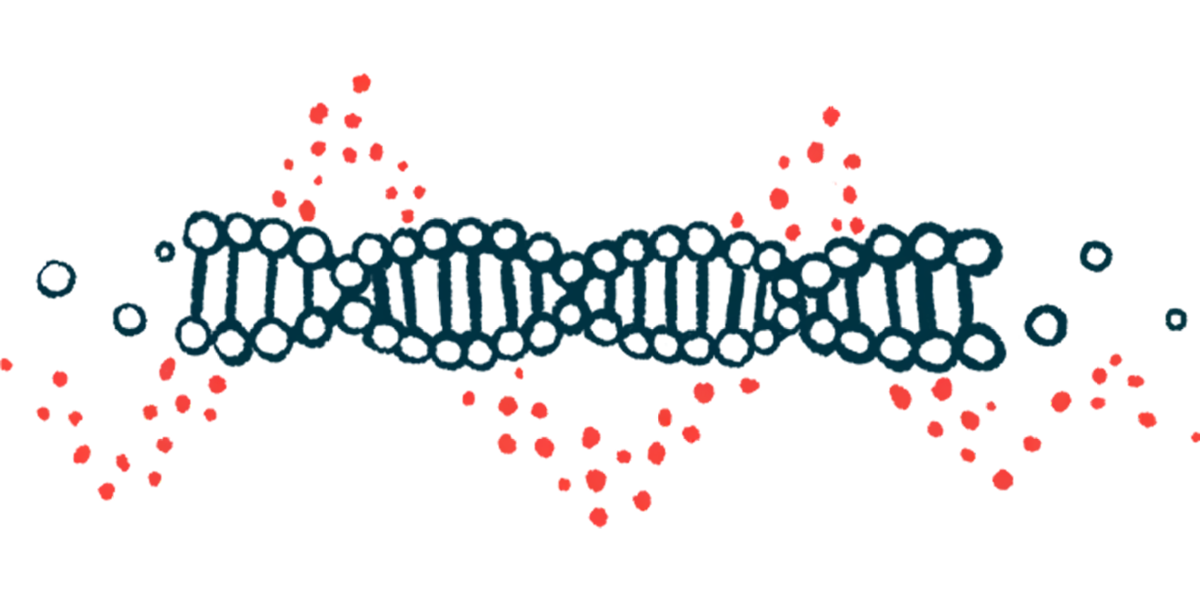2 new US patients given hemophilia B gene therapy Hemgenix: Reports
Both patients had severe joint damage; now no longer on replacement therapy

Two new patients in the U.S. have received Hemgenix (etranacogene dezaparvovec), the first gene therapy to be approved for hemophilia B, per new reports.
The therapy was first administered last year in May to a patient at UC San Diego Health, per a University of California, San Diego, news story. In October, a man who had been on replacement therapies for his hemophilia B for more than four decades was given the gene therapy at Nebraska Medical Center in Omaha.
In both cases, the patients struggled for years with bleeding and severe joint damage. Since the infusion of Hemgenix, the two patients have no longer required replacement therapies.
“It is incredibly rewarding to see just how life-changing this treatment can be for patients who have gone through home infusions, joint pain and bleeding for years,” said Annette von Drygalski, MD, director of the Center for Bleeding and Clotting Disorders at UC San Diego Health. “This gene therapy is a truly groundbreaking step forward in quality of life for our patients.”
Chad Stevens of Idaho, the patient who received the gene therapy in Omaha, noted in a Nebraska Medicine news story that he had seen his knees and elbows become severely damaged following repeated bleeds over the years. For Stevens, 63, such damage markedly impaired his mobility, even though he had for years been infusing himself with the blood clotting factor his body was missing.
Now, he reported that his knee has been better since receiving the gene therapy, though he doesn’t expect the treatment to repair the damage because it was done at an earlier age.
“But if we can keep it from getting any worse … that’s the goal,” Stevens said.
Hemophilia B gene therapy Hemgenix approved in US in 2022
Hemophilia is a genetic condition characterized by the lack or dysfunction of specific blood clotting factors, which leads to excessive bleeding. Hemophilia B, the second most common form of the disorder, is caused by mutations in the F9 gene, which is responsible for producing a blood clotting protein called factor IX, or FIX.
Before the advent of gene therapy, hemophilia B was primarily managed with prophylactic, or preventive, FIX replacement treatments. These therapies involve supplying the missing clotting factor to restore blood clotting and reduce the risk of bleeds. While effective, they require strict adherence to regular dosing schedules. Further, they do not completely eliminate the risk of unexpected bleeding episodes.
Administered as a single into-the-vein, or intravenous, infusion, Hemgenix is designed to deliver a functional version of the F9 gene, known as FIX-Padua, directly to a patient’s cells. It uses a modified, harmless virus to deliver the working gene to liver cells, which are the main producers of clotting factors in the body. The ultimate goal of Hemgenix is to restore the body’s natural ability to produce FIX, thereby effectively reducing and preventing bleeding episodes.
In the U.S., Hemgenix has been approved for adults who are on preventive clotting factor treatments, and have or have had life-threatening bleeding episodes, or repeated and severe spontaneous bleeds.
While the therapy offers immense promise, it also comes with hurdles. Treatment is reported to cost $3.5 million, a value that has raised concerns.
However, the cost of clotting factor infusions is also high in the long-term, reaching about $500,000 per year “to keep nothing from happening,” according to Alex Nester, MD, a hematologist with Nebraska Medicine.
The successful outcomes of the first patients treated with Hemgenix could mark the beginning of a new era in hemophilia care, according to patient advocates, like Kim Phelan, CEO of The Coalition for Hemophilia B.
“After more than 25 years of anticipation and hope, individuals with hemophilia now have access to a groundbreaking therapy that offers the potential for greater independence and a more normalized life,” Phelan said in the Nebraska Medicine story.
UC San Diego Health now IDing eligible candidates for Hemgenix treatment
von Drygalski noted in the UC San Diego story that “recent advancements in gene therapy have revolutionized how we think about hemophilia treatment.”
The clinician stressed the improvements seen in quality of life among patients given gene therapy.
“In the last 60 years, we’ve gone from hemophilia being a serious life-threatening disease to the development of treatment options that provide long-term correction or potentially a cure,” von Drygalski said.
Previously, while varying among patients, the average person with hemophilia required treatment about 150 times per year — typically every two to three days. Gene therapy for hemophilia B, meanwhile, is a one-time treatment.
In the last 60 years, we’ve gone from hemophilia being a serious life-threatening disease to the development of treatment options that provide long-term correction or potentially a cure.
The medical center is in the process of identifying eligible candidates to treat more patients with Hemgenix. To qualify, individuals must be age 18 or older, have moderately severe to severe hemophilia B, and successfully meet liver health and lifestyle screening criteria.
“UC San Diego Health is on the forefront of science and breakthrough treatments for a range of bleeding and clotting disorders, including hemophilia B,” von Drygalski said. “We have extensive experience in clinical trials and bringing together multidisciplinary teams to get leading-edge treatments to the patients that need them the most.”







